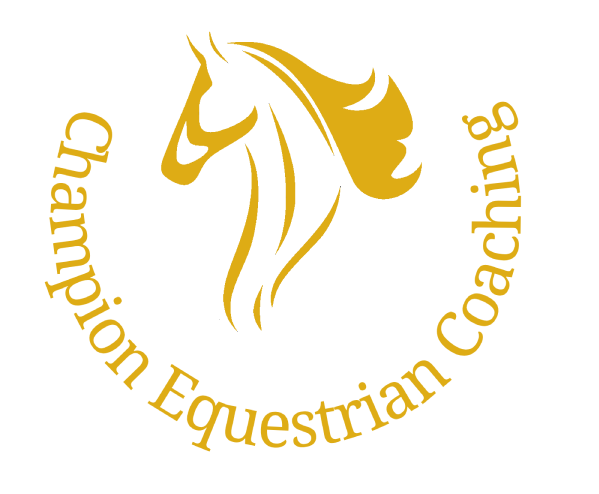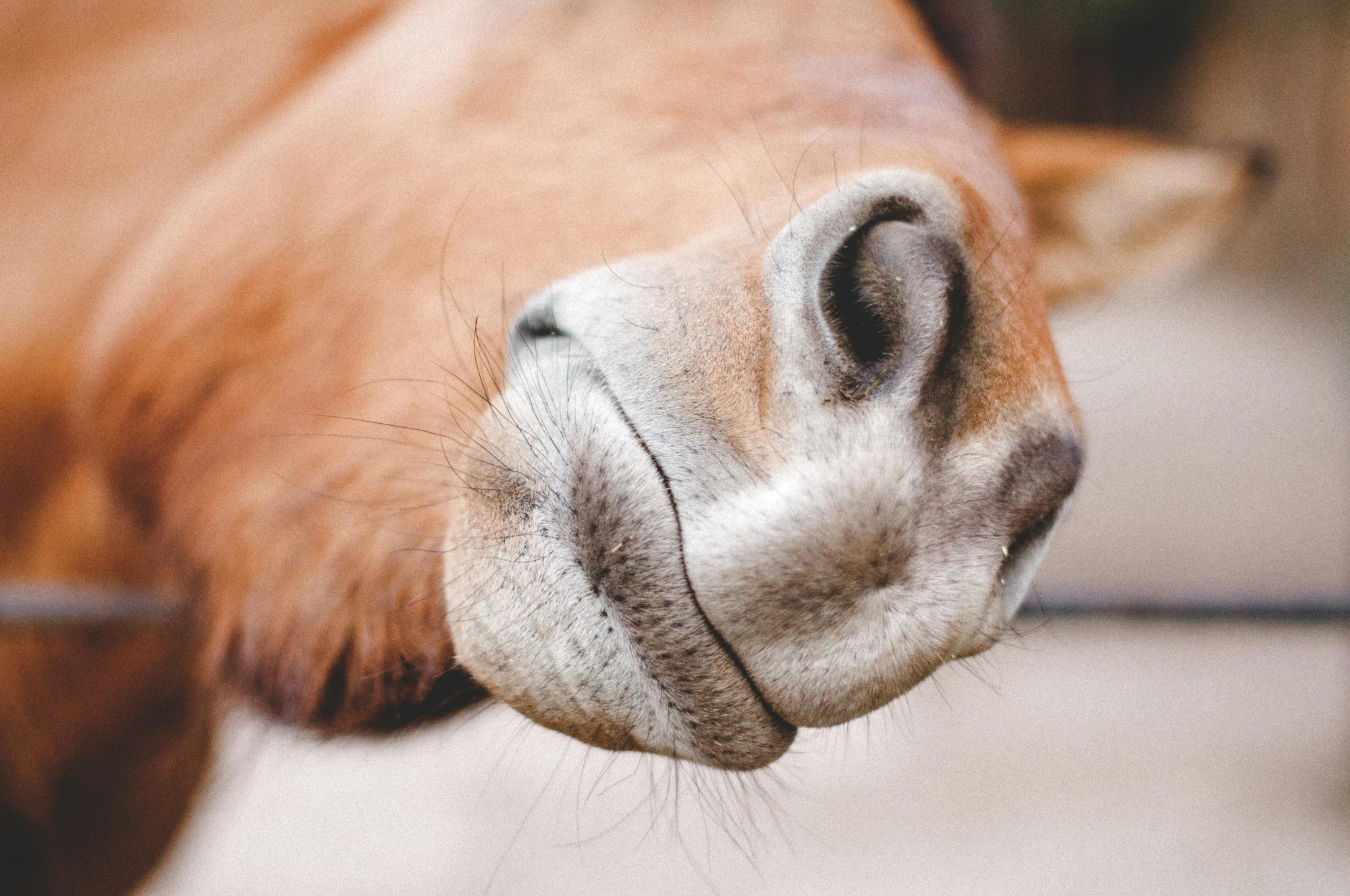There’s nothing quite like the feeling of being in sync with your horse, a true partnership where unspoken conversations flow effortlessly. But achieving that harmony isn’t always straightforward. Effective communication, both in and out of the saddle, is the cornerstone of a successful and happy partnership. It’s about speaking their language, not confusing them with ours.
Beyond Words
Horses are masters of non-verbal communication. In their world, a flick of an ear, a subtle shift in weight, or a change in breathing can convey volumes. To truly connect with our horses, we need to become fluent in their language, while also ensuring our own “sentences” are clear, consistent, and easy to understand.
Principles of Clear Communication
At its heart, effective communication with your horse revolves around three key principles:
- Clear and consistent cues: Imagine trying to understand someone who constantly changes their mind. That’s what it feels like for a horse when our cues are inconsistent. Whether it’s through our body language, voice, or riding aids (legs, seat, hands), every signal we give should be distinct and repeatable. This consistency builds trust and helps your horse anticipate and understand what you’re asking.
- Understanding horse body language: Before we can ask, we must listen. Horses communicate primarily through their body. Learning to recognise signs of relaxation, like a lowered head or a soft eye, or tension, such as pinned ears or a swishing tail, allows us to adjust our approach. Are they calm and ready to learn, or tense and needing reassurance? Their body will tell you.
- Building trust and rapport: A strong bond based on trust is the foundation of all good communication. This isn’t built overnight, but through patience, consistency, and a genuine sensitivity to your horse’s signals. When your horse trusts you, they’re more likely to respond willingly and less likely to become confused or frustrated.
Communicating in the Saddle
When you’re mounted, your body becomes a finely tuned instrument of communication. Every subtle movement contributes to the conversation you’re having with your horse.
- Your seat: Often overlooked, your seat is the bedrock of communication. Subtle weight shifts can indicate direction, suggest a change in pace, or prepare your horse for a transition. A balanced and stable seat doesn’t just make you secure; it enhances your ability to send clear, nuanced signals.
- Legs: Your legs are powerful tools for conveying commands. Gentle pressure slightly behind the girth typically signals forward movement, while different pressures or positions can ask for lateral movements or even help in slowing down. The key is precise application and release.
- Hands: Your hands, through soft and steady rein contact, guide direction and influence speed. They should be relaxed, allowing for consistent communication without resorting to harshness or creating confusion through erratic movements.
- Voice: While horses primarily respond to physical cues, your voice can be a valuable addition. Used calmly and clearly, it can offer reassurance or a specific cue. However, it’s best used judiciously to avoid overstimulation.
- Breathing and relaxation: Your own breathing directly impacts your body tension, which in turn affects the clarity of your cues. Relaxed, deep breathing helps you give clearer signals and, perhaps more importantly, reassures your horse, reducing their anxiety and potential confusion.
Building the Foundation: Communication on the Ground
The conversations you have with your horse on the ground lay crucial groundwork for your ridden communication.
- Body language and energy: Your stance, how you move, and even your energy levels speak volumes to a horse. Walking with purpose encourages forward movement, while a soft, relaxed body can help calm a nervous horse. They read your intention through your physical presence.
- Leading and yielding: Groundwork exercises, such as leading from both sides or teaching your horse to yield to pressure, establish a clear language of signals and responses. These exercises build understanding and respect for your personal space, which translates directly to better communication in the saddle.
- Desensitisation: Controlled exposure to new stimuli helps reduce your horse’s reactivity and builds their trust in you. This improved confidence makes communication smoother during both groundwork and ridden sessions.
- Touch and handling: Regular, gentle handling during groundwork helps your horse become comfortable with your touch, significantly improving their responsiveness to your cues.
The Most Effective Cues: Clarity Over Complexity
When it comes to avoiding confusion, simplicity and consistency are king. Research and expert guidance highlight that some cues are inherently more effective than others.
- Physical cues reign supreme: Because horses communicate primarily through body language within their herd, they naturally respond better to physical cues than verbal ones. Subtle, consistent shifts in your seat, leg pressure, or rein contact are understood far more easily.
- Clearly discernible signals: Imagine being given two identical buttons for different actions. Confusion would be inevitable. Similarly, your horse needs cues that are distinct and easy to differentiate. Avoid overlapping signals that might conflict or send mixed messages. For example, your leg aid for forward movement should be clearly different from one for a lateral movement.
- Sequential use of aids: Think of your aids as an orchestra. The seat often acts as the “director,” guiding your horse’s balance and overall movement, while your legs and hands support and refine the cue. Using your seat, legs, and hands in a logical sequence ensures clarity and prevents your horse from feeling bombarded by conflicting signals.
- Lightest to strongest pressure – the gradual approach: Always start with the lightest possible cue. This might be as subtle as looking in the direction you want to go, then gradually increase the pressure only if your horse doesn’t respond. This gentle progression prevents overwhelming or confusing your horse with abrupt signals.
- Consistent body language; every movement counts: Horses are incredibly perceptive. They pick up on subtle changes in your posture, muscle tone, and balance. Maintaining an engaged core, relaxed breathing, and a consistent body position helps you deliver clearer, more cohesive cues.
- Combining cue with “feel”: Effective communication isn’t just about giving commands; it’s about developing a “feel”—an ongoing connection through your seat, legs, and reins that signals cooperation rather than just a demand. This creates a true partnership where your horse moves with you, significantly reducing confusion and resistance.
A Harmonious Partnership
Ultimately, effective communication with your horse requires a blend of clear, consistent physical cues, an attentive eye for their body language, and the unwavering commitment to building a trusting relationship. Both riding and groundwork contribute to this harmony, with groundwork providing the essential foundation of trust and respect that elevates your ridden communication. Remember, patience, consistency, and a genuine desire to understand your equine partner are your most powerful tools in fostering a truly harmonious relationship.
What’s one small change you could make today to improve your communication with your horse?

